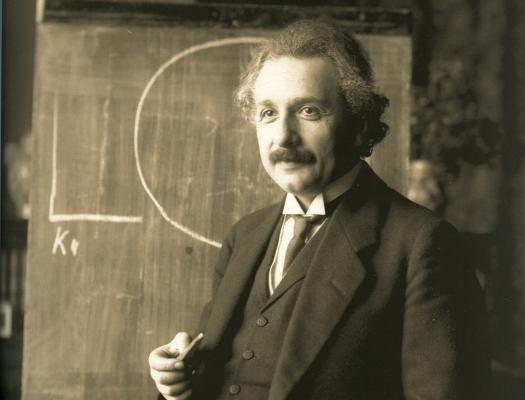Einstein May Have Had A Better Brain Than Most Of Us
Oct 08, 2013 19:33

Immediately after he died in 1955, Albert Einstein's brain was removed from his head, dissected and photographed for study by pathologist Thomas Harvey.
He kept parts of the brain stored in jars in his basement for decades. And while he may not have had the right to do so, what he did paved the way for scientists to investigate just what makes Albert Einstein so damn smart.
For a new study, researchers from the East China Normal University in Shanghai and Florida State University looked at 14 recently discovered photographs of Einstein's brain.
The researchers compared his corpous callosom, the band of fibers connecting the right and left hemispheres of the brain with those of ordinary individuals.
Researchers compared the photographs of his brain with fMRI data of the brains of 15 men between 70 and 80 years old and looked at the brains of 52 men between 24 and 30 years old.

They found that his corpous callosum was thicker in many subregions than those of elderly folk, and thicker in a few subregions than the younger control group, suggesting that Einstein may have had enhanced connectivity between regions of his brain.
Although the intelligence of human beings cannot be fully explained by regional cortical volumes, our findings suggest that Einstein’s extraordinary cognition was related not only to his unique cortical structure and cytoarchitectonics, but also involved enhanced communication routes between at least some parts of his two cerebral hemispheres.
Other studies have suggested Einstein's smartness may have been a result of an unusually high number of brain cells known as glial cells, which surround neurons. While these studies are all done post mortem, we may never know for sure what may have made Einstein tick. But needless to say, he's definitely smarter than all of us.
The study appears in Brain. Albert Einstein, 1921 Ferdinand Schmutzer via Wikimedia Commons







































































